A History of St Chad’s College
St Chad’s College traces its beginnings to the turn of the last century, when in 1902 the Revd F S Willoughby, vicar of Hooton Pagnell, near Doncaster, opened a small hostel in which he prepared men of limited means to enter one of the established theological colleges. In this venture he enjoyed the support of Julia Warde-Aldam, the Lady of the Manor. The success of this project encouraged Fr Willoughby in the hope that his students would have a chance to read for a university degree while doing their theological training: at the time, this was only possible at Oxford and Cambridge.
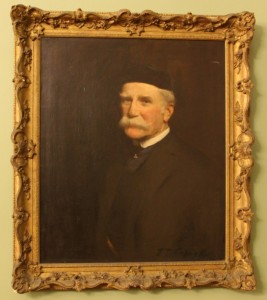
Willoughby was fortunate to attract the financial support of Douglas Horsfall, a wealthy Liverpool businessman and devoted churchman. Horsfall’s financial support made it possible to establish St Chad’s Hall, which was licensed in 1904 by the Durham University Senate as the first independent hall of the University. University College (the Castle) and Hatfield Hall, both owned by the University, were already established, as was the Women’s Hostel, later to become St Mary’s College. At the time, Durham University was very small, indeed so small that its continued existence was in some doubt.
St Chad’s students were admitted to read for the full range of Durham degrees. In the early years, most students pursued ordination training after their degree, though this was not universal. The St Chad’s Hostel at Hooton Pagnell was retained by the College until 1916 as a preliminary place of study to prepare students to qualify for university matriculation at Durham. Later, this function was provided by Dorchester College.
The first Principal of the Hall was the Revd Dr Stephen R. P. Moulsdale, a Durham graduate, who had previously been Vice-Principal of the hostel. The College’s first Visitor was the Bishop of Jarrow, who was also Visitor of the other Durham colleges. The next Visitor was the Dean of Durham, but for most of its history, the Archbishop of Canterbury fulfilled the visitorial role.
Principal Moulsdale’s early tasks included the incorporation of the Hall, the raising of ‘foundation endowment’ funds and the acquisition of buildings. He was assisted by a band of senior colleagues, including the Revd Professor C E Whiting, a prolific church historian, who also wrote the history of the first one-hundred years of the University.
The Hall’s support staff were equally devoted to the well-being of the newly-established hall: Charles Bell was appointed butler in 1904 and served until the end of the Second World War; and Moulsdale’s sister became the housekeeper.
The Hall’s academic successes were recognised in 1918 when the University recognised St Chad’s as the second college of the University. The other three halls subsequently followed suit, raising the number of Durham Colleges to five. To this day, St Chad’s continues to be an independent, self-governed college, accredited (or ‘recognised’) by Durham University. (In 1923 St Chad’s became a ‘constituent college’ of the University, but this lapsed when, in 1963 under the Universities of Durham and Newcastle upon Tyne Act, no reference was made to constituent colleges: the subsequent statutes refer only to ‘maintained’ or ‘Council’ Colleges and to ‘recognised’ colleges or halls of residence).
In the 1920s, Moulsdale formally established the College Fellowship, the first Fellows having been the Principal (who was also Chaplain); the Vice-Principal, the Revd Professor Charles Whiting; the Bursar, the Revd John Boden; and two classical lecturers: Lawrence Body, and the Revd Dr Rowland Shutt. Although this was a small groups of Fellows, it nonetheless constituted ten percent of the total number of academic staff of the Durham branch of the University — an indication of the fragility of the University during these post-war years.
The closeness of the connection between the College and the University was signalled by Dr Moulsdale’s appointment first as Pro-Vice-Chancellor and then as Vice-Chancellor of the University. Sadly, ill health forced Moulsdale to retire not long after this.
In 1937, Moulsdale was succeeded as Principal by the Revd J S Brewis, who led the College through the depression and the stormy war years. The autonomous College was able to keep afloat financially because the College’s Trustees had wisely decided to build up the College’s endowment rather than build new buildings. This enabled the College to offer generous bursaries to most of its students who would otherwise have been unable to fund themselves. The cost, though, was a decrease in staffing over ten years, during which the College became less and less governed by its Fellows and more and more governed by the Governing Body’s Council.
Post War Years
Even though plans had been drawn up by Principal Moulsdale to house the College in new buildings, it was not until after the war and after the appointment of Canon Wetherall as Principal that this ambition could be resurrected. Under the supervision of Francis Johnson, a leading architect of his day, most of the old buildings were suitably adapted and the present neo-classical hall and courtyard were constructed. Canon Wetherall, feeling that his work was complete, resigned the principalship and was succeeded by the New Testament scholar, Canon John Fenton.
The 1960s proved to be a time of upheaval for St Chad’s. Changes in the policy of the Church of England towards the training of ordinands led to a reappraisal of the college’s status by the Advisory Council for the Church’s Ministry; and in 1971 the College ceased training people for the priesthood. Fortunately St Chad’s position as an accredited college of the University was unaffected by this decision. Though there were discussions about handing over St Chad’s to be governed directly by the University, Canon Fenton and the College Council decided to maintain the full independent status of the College; and when he left in 1978 to take up a canonry at Christ Church, Oxford, Fenton handed on to his successor a solid institution, but one in need of a renewed vision to embrace its new circumstances.
The Last Twenty-Five Years
Since the eighties, the College has accepted men and women to read for all University degrees. Membership in the College has also increased to around five hundred students. St Chad’s remains the smallest of the Durham Colleges; it still has a strong sense of its own history; and its commitment to fundamental values remains clear. It maintains the highest academic standards and has one of the highest completion rates in the UK. In the late nineties, the College completed a significant renovation plan and expanded its academic staff, continuously seeking ways to enhance the learning experience of all its members. The College has a particularly strong tutorial system and offers an innovative transferable skills programme – Sed Vos (formerly the Collegiate Studies Programme) which parallels the academic courses followed by students, preparing them with management and decision-making skills.
Physical Expansion
In 2002, the College acquired a new property adjacent to Durham School. This magnificent historic building is called Trinity Hall and it has been converted into a self-catering residence for 35 postgraduates. There is significant parking space, which is at a premium in Durham City. In 2003, the College covered and enclosed the College’s internal quad to create a new hall (known simply as the Quad); the new Fenton Library and Williams’ Libraries opened in 2006. In 2006, The College bought another property on the Bailey, which is known as Epiphany (House). More recently, the College signed a long-term lease for 1-2 North Bailey (Queen’s Court), which houses undergraduates. The College is also discussing plans to replace the wooden Chapel, which has outlived its useful life.
The College has developed as number of links with other colleges and universities overseas, especially with Anglican institutions. The College sponsors work-study placements and student and staff exchanges, especially during the summer, and most notably with a partner high school in South Africa. Now, as before, Chad’s students leave the University with much more than a degree.
St Chad’s College owes its existence to a remarkable group of individuals who were selfless in their devotion. Without such support, the College could not have hoped to flourish.
Principals of St Chad’s College
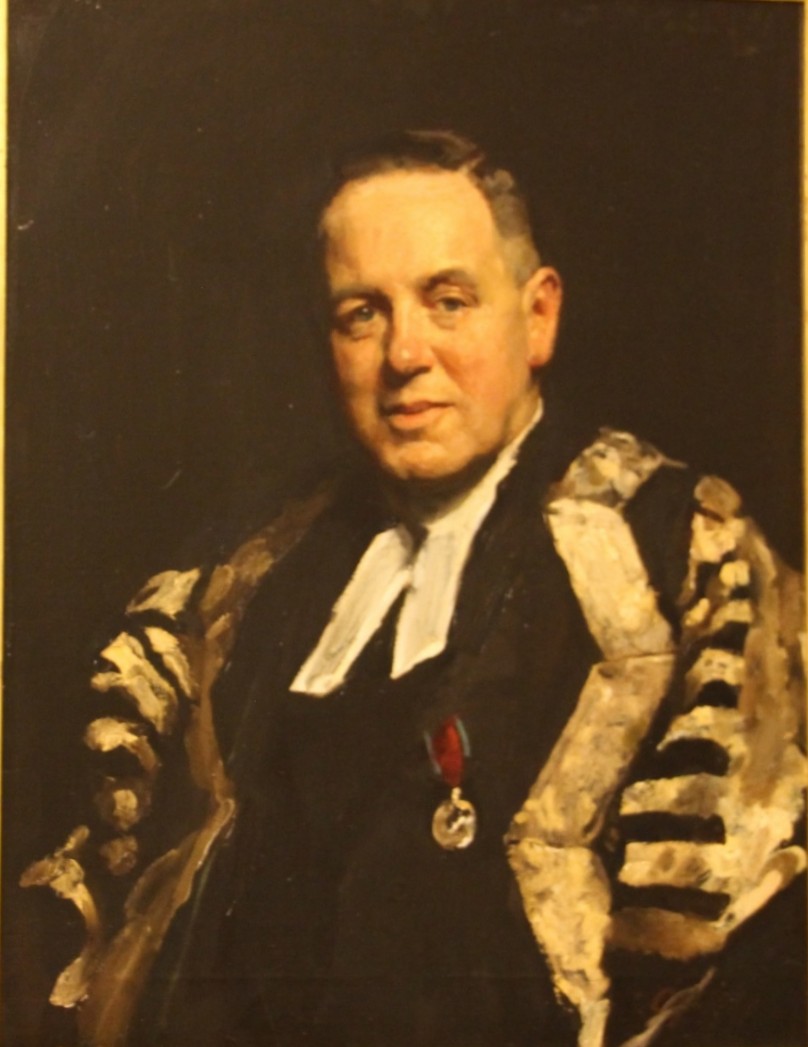
The Revd Stephen R. P. Moulsdale, MA BD DLitt DCL 1904 - 1937
As a graduate of Hatfield Hall, Moulsdale exercised his right to create a hall of residence within the University in 1904, moving a tiny community of just 19 men from the nascent St Chad’s Hostel set up in 1902 at Hooton Pagnell. The Hall was incorporated in 1910 and granted the style of college in 1919. Moulsdale was appointed to a University lectureship in 1920 and was made Dean of the Faculty of Arts, and appointed Vice-Chancellor of the University of Durham in 1934. He was obliged to resign due to poor health in 1936.
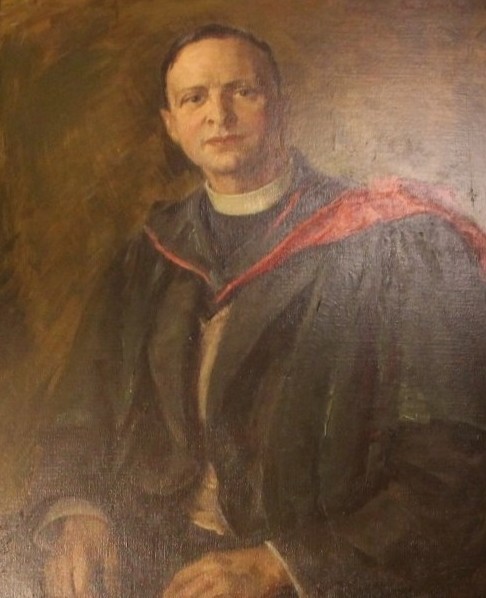
The Revd John S. Brewis, MA 1937 - 1947
Brewis was appointed in 1937 from a post as Vice-Principal of St Edmund’s Hall, Oxford. He guided the college through the difficult years of the Second World War when the college roll dropped to only 19 men and the financially lean years that followed the war. He took on the role of Bursar, laying plans to develop the college buildings and create a larger chapel, which were to be passed on to his successor after he left academia in 1947 to serve as Archdeacon of Doncaster and later Rector of St James’ Piccadilly.
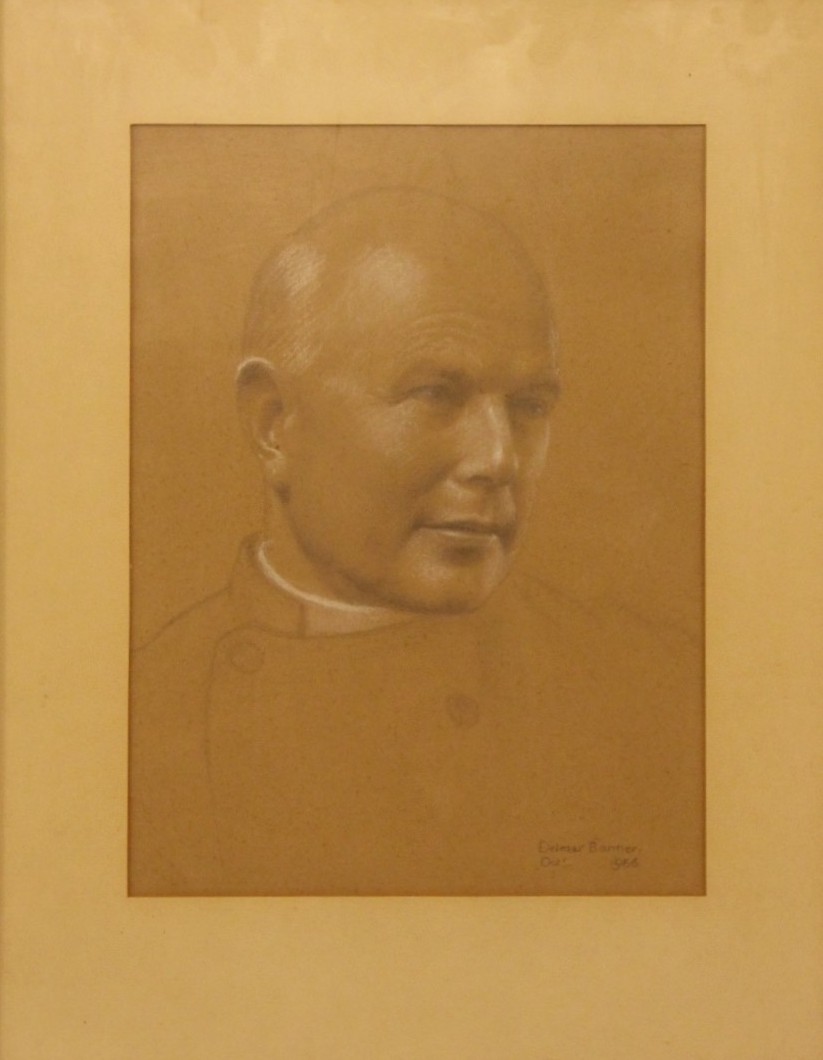
The Revd Canon Theodore S. Wetherall, MA 1947 - 1965
Wetherall was appointed Principal in 1947 and served for 17 years. Nicknamed “The Screw” by generations of Chadsmen, he was the driving force behind a major rebuilding project to create the Main College building in the 1960's out of several smaller properties without spoiling the heritage aspect of the Durham Cityscape. Under him St Chad’s was able to celebrate its 50th anniversary.
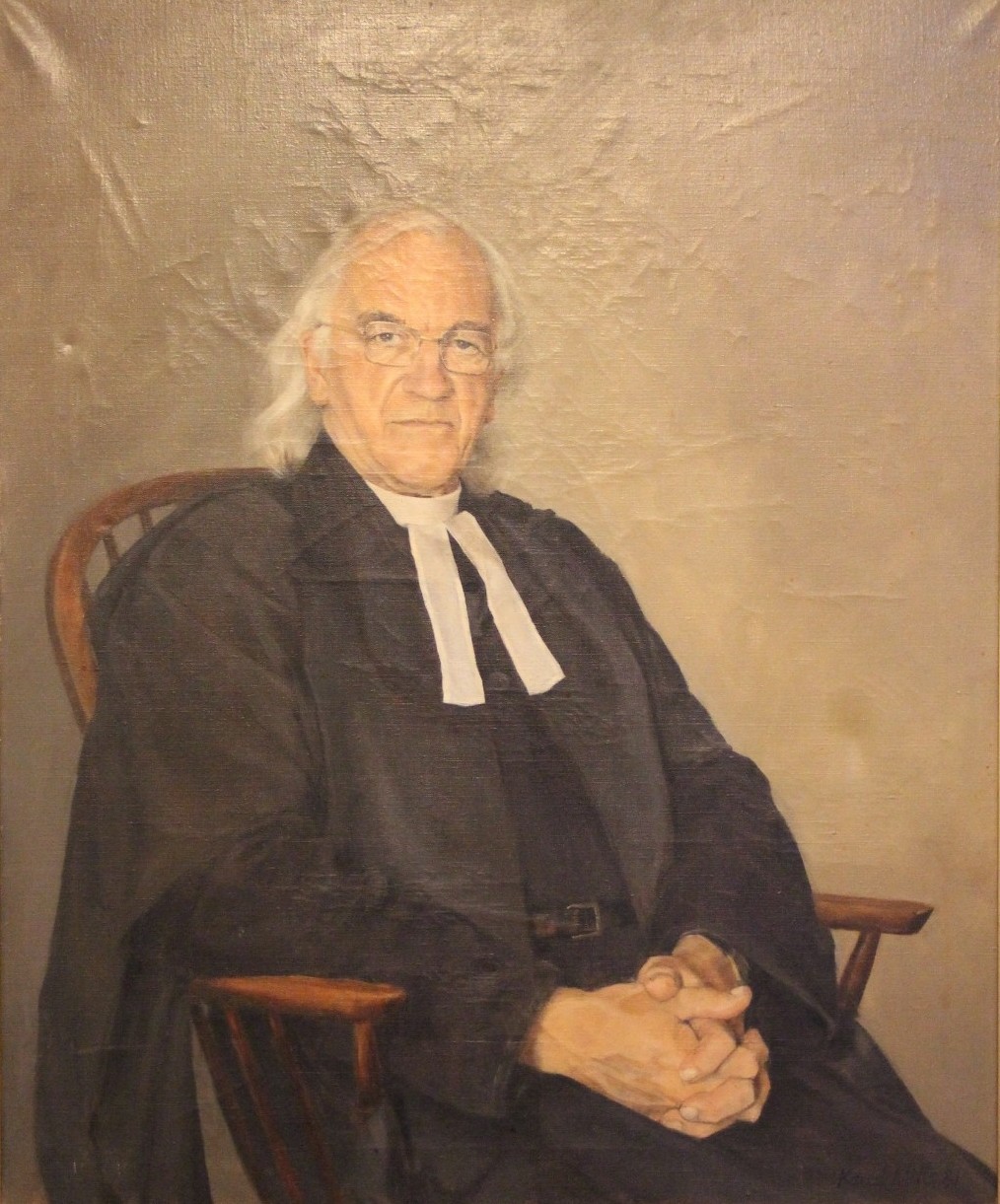
The Revd Canon John C. Fenton, MA BD DD 1965 - 1978
Appointed in 1965, Fenton saw St Chad’s through the difficult transition from theological college to its position as an independent academic college within the wider University of Durham, whilst cleverly maintaining its distinctive Anglican ethos. By the time he left to take up a new appointment at Christ Church, Oxford in 1978, the college roll under Fenton had risen from seventy to one hundred and seventy men.
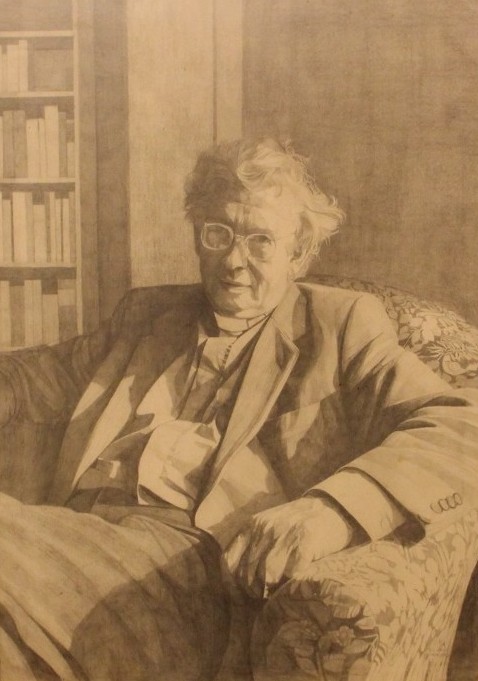
The Revd Ronald C. Trounson, MA 1978 - 1989
Trounson was appointed Principal in 1978, having formerly worked as Bursar at a Woodard Corporation School. As Principal he expanded the college’s links with Woodard institutions. It was during Trounson’s Principalship that St Chad’s first took in women students. His latter years at St Chad’s were dominated by conflicts within the Senior Common Room and after his resignation in 1988, a committee was set up to review governance in the face of pressure from the University to allow them greater control.
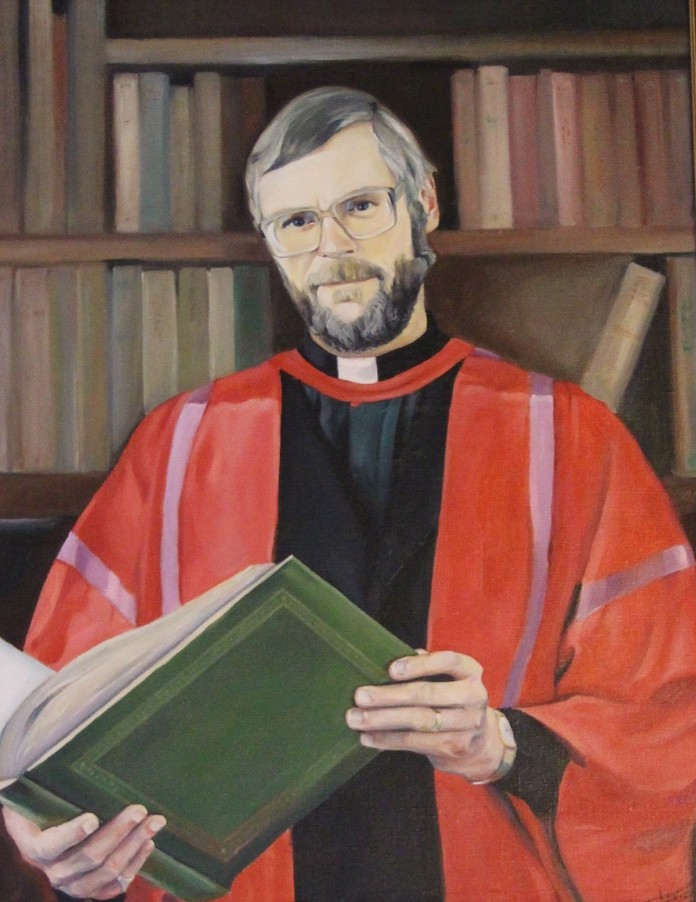
The Revd Professor David Jasper, MA PhD BD DD 1989 - 1991
Jasper came to St Chad’s in 1989 where he had acted as Chaplain as means of restoring greater stability to the college. A distinguished scholar, his specialist academic interest lay in the study of literature and theology. In 1991 he resigned to take up a post at Glasgow University as Professor & Dean of Theology.
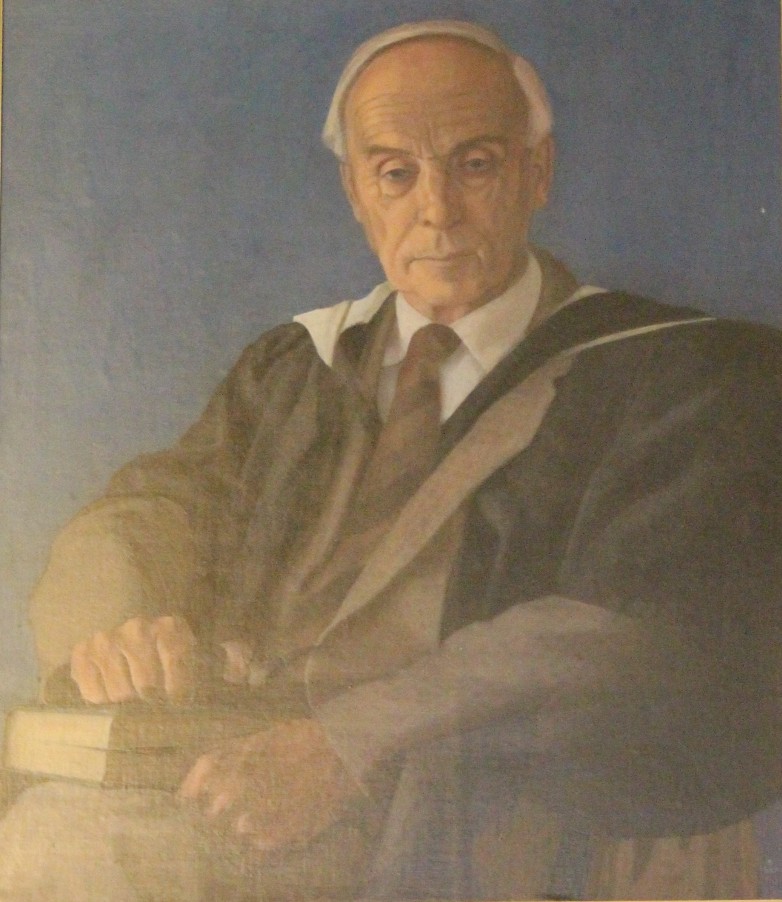
Mr Eric Halladay, MA 1991 - 1994
Formerly Master & Rector of both Grey and St Aidan’s Colleges, Halladay was appointed Principal in 1991 until his retirement in 1994. His academic background was as a historian. He was an enthusiastic supporter of the College’s rowing tradition.
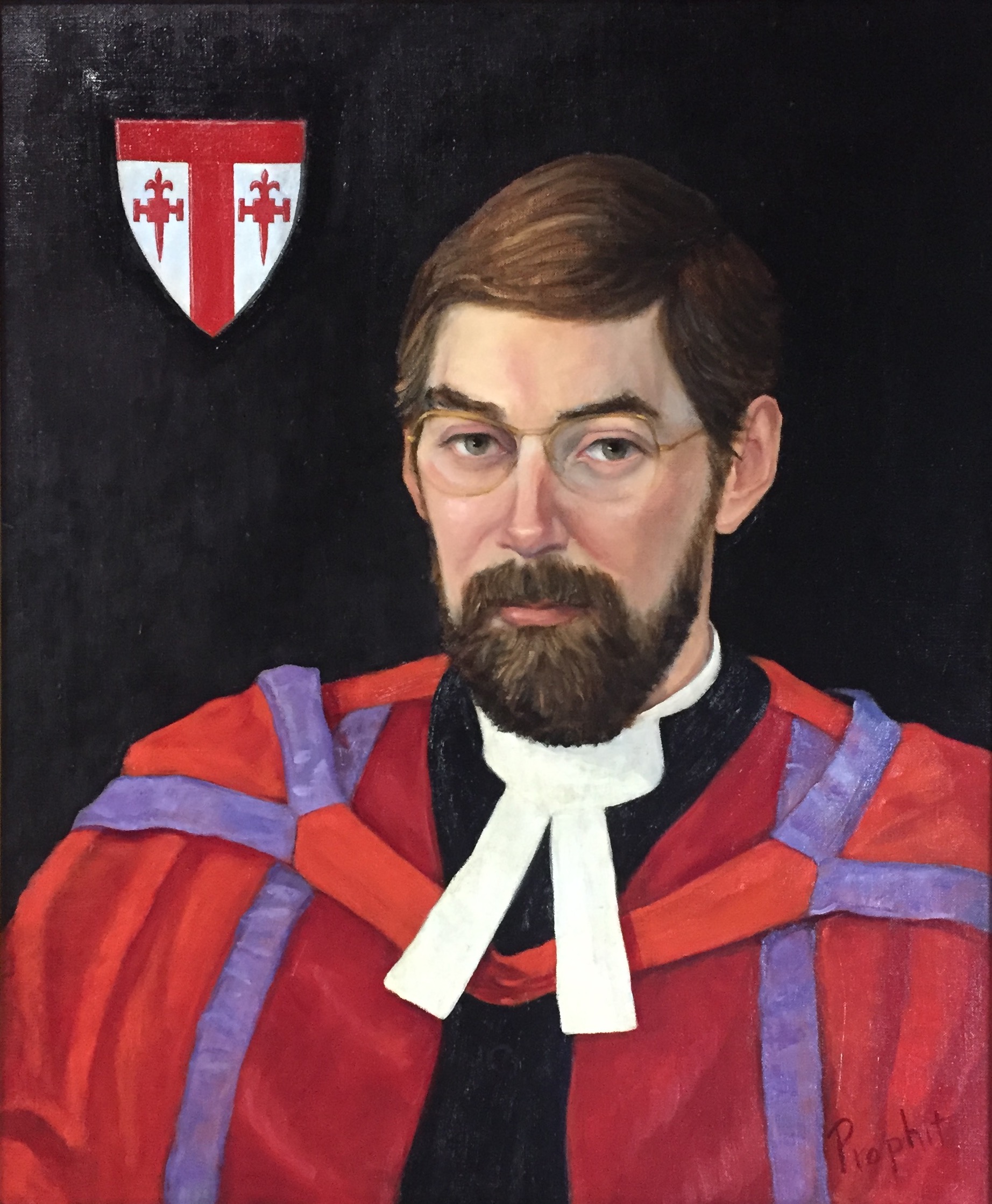
The Revd Duane W. H. Arnold, BA MA PhD 1994 - 1997
Arnold, an American postgraduate alumnus of St Chad’s was appointed Principal in 1994. He immediately commenced a major project to refurbish the college buildings, especially the chapel. After a period of conflict, he resigned his post in 1997 and moved back to the USA.
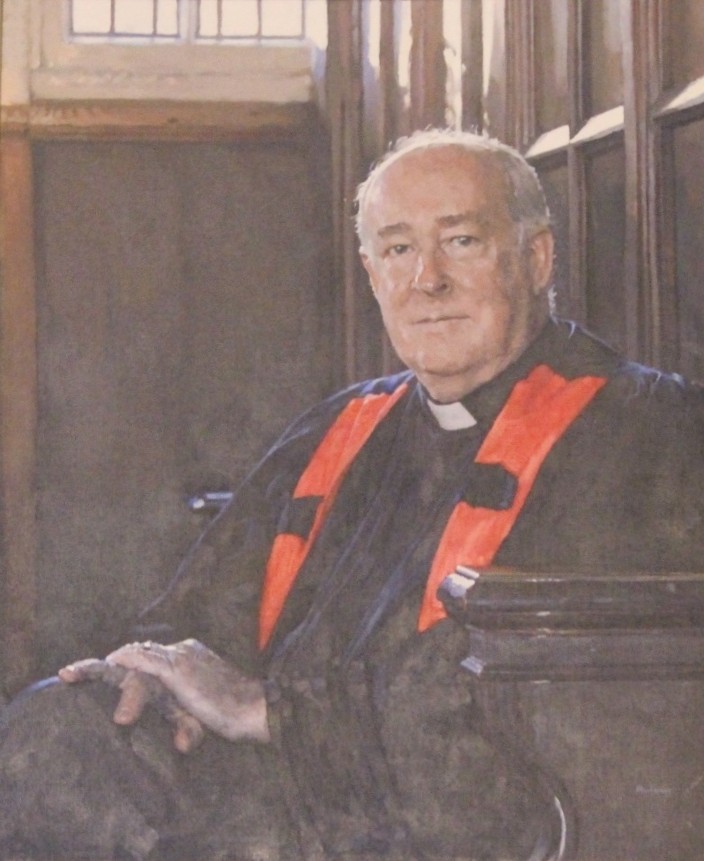
The Revd Canon Joseph P. M. Cassidy, BA MA STB MDiv STL PhD DTh FRAI FRSA FICPD 1997-2015
A Canadian Jesuit and former Catholic priest accepted into the Church of England, Cassidy was appointed Principal in 1997 from a post as Senior Lecturer in Ethics & Spirituality at the University of Southampton. His research interests centred on ethics and the thinking of Canadian theologian Bernard Lonergan. He was faced with the task of placing St Chad’s back on a firmer financial footing which he did with great success. He oversaw the expansion of the college to over 500 students, especially expanding the postgraduate population and creating a more balanced and stable community. He died suddenly in post in 2015.
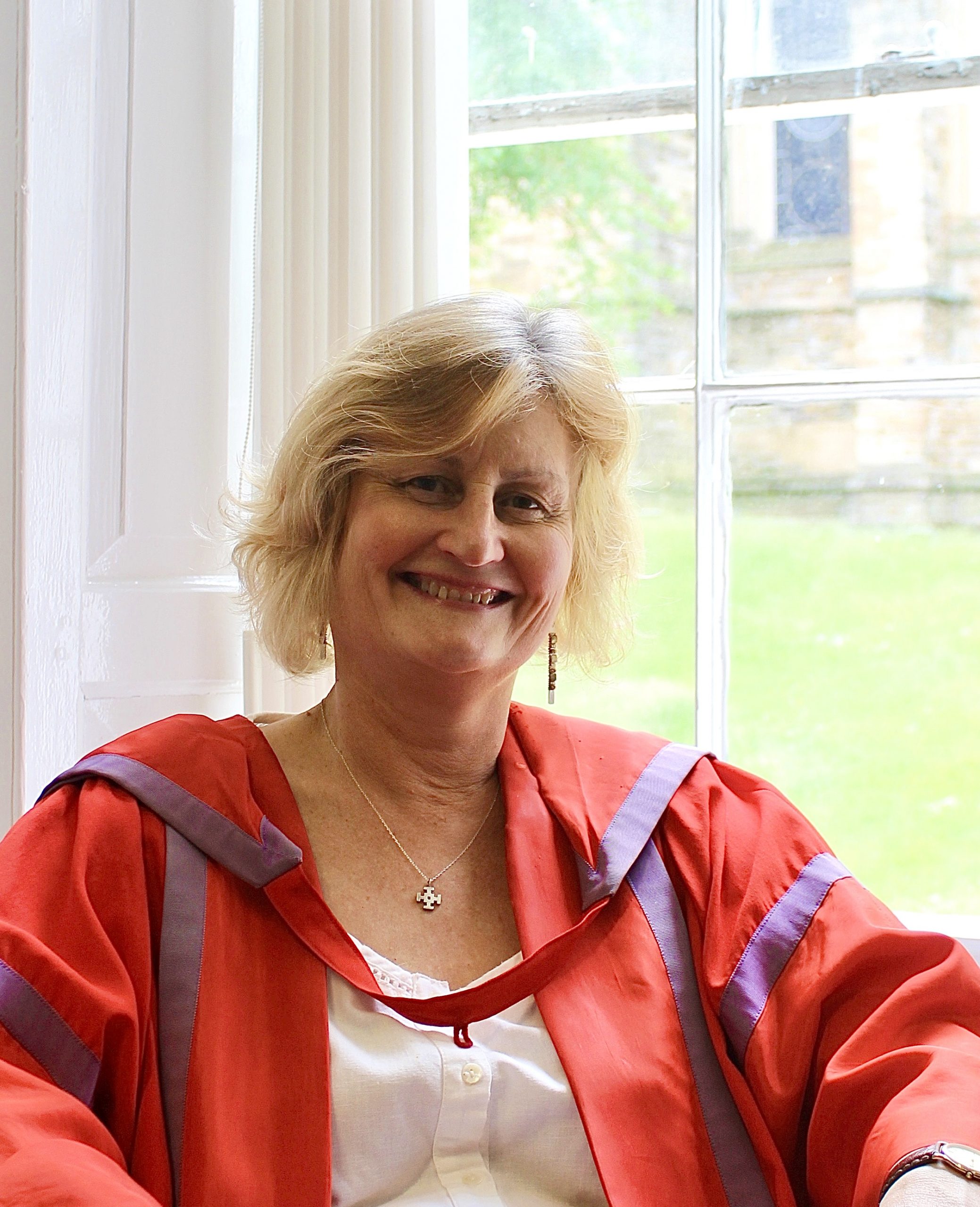
Dr Margaret Masson, MA PhD 2016 - Current
Masson served as Vice-Principal under Joe Cassidy, and was appointed Principal in 2016. Her research interests centre on Literature and Theology and Post-Colonial Literature. Masson has worked to secure the College’s place as a recognised college, both independent and collegial, and has overseen a significant refurbishment programme of the College buildings and grounds, including new kitchens, the restoration of the chapel, and the systematic renovation of the student residence buildings along the Bailey. Masson's key priority has been to widen access through a Schools' Outreach Programme and to oversee the establishment of a generous range of scholarships and bursaries – made possible by gifts from alumni and supporters - for students from under-represented backgrounds.
